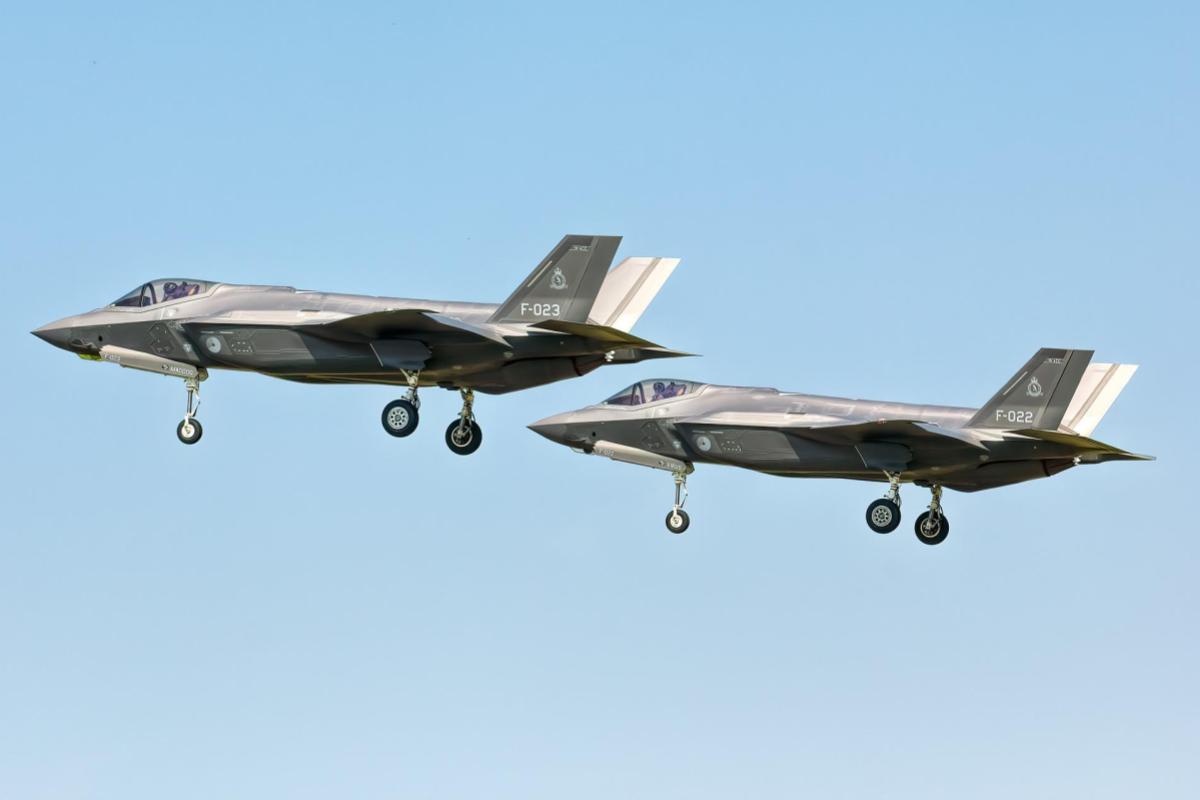Unleashing the Power of High-Efficiency ASIU.
Executive Summary
High-efficiency ASIU (Advanced Switched Inductor Unit) converters represent a leap forward in power conversion technology, offering substantial benefits in terms of energy efficiency, performance optimization, and operational reliability. This white paper explores the transformative impact of high-efficiency ASIU converters across various industries. By delving into their operational principles, unique features, and practical applications, businesses can harness the full potential of these converters to achieve significant advancements in energy management and system sustainability.
Introduction to High-Efficiency ASIU Converters
High-efficiency ASIU converters are engineered to deliver maximum energy conversion efficiency through innovative design and advanced switching technologies. This section provides an overview of their capabilities, emphasizing their role in enhancing power supply reliability, reducing energy losses, and supporting sustainable energy practices.
Operational Principles and Technology
1. Switched Inductor Technology
High-efficiency ASIU converters leverage switched inductor technology to regulate voltage and current with minimal energy loss. By rapidly switching the inductor between on and off states, these converters optimize energy transfer and improve overall efficiency compared to conventional converter designs.
2. Efficiency Optimization
Advanced control algorithms and power management techniques further enhance efficiency in high-efficiency ASIU converters. These algorithms dynamically adjust operating parameters to match load demands, ensuring optimal performance across varying operating conditions.
3. Thermal Management
Effective thermal management is critical in high-efficiency ASIU converters to dissipate heat generated during operation. Heat sinks, thermal pads, and optimized layout designs are employed to maintain junction temperatures within safe limits and prolong component lifespan.
Benefits of High-Efficiency ASIU Converters
1. Improved Energy Efficiency
High-efficiency ASIU converters significantly reduce energy losses during power conversion processes, leading to lower operational costs and improved sustainability. Enhanced efficiency also contributes to reduced carbon footprint and compliance with energy efficiency regulations.
2. Enhanced Power Density
The compact size and high power density of high-efficiency ASIU converters enable their integration into space-constrained applications without compromising performance. This capability is particularly advantageous in mobile devices, automotive electronics, and renewable energy systems.
3. Reliable Performance
Robust design features and stringent quality standards ensure reliable performance of high-efficiency ASIU converters in demanding operational environments. These converters maintain stable output voltages and currents, minimizing downtime and optimizing system reliability.
Applications Across Industries
1. Telecommunications and Networking
High-efficiency ASIU converters play a crucial role in telecommunications infrastructure, powering base stations, data centers, and networking equipment. Their efficiency and reliability support continuous operation and ensure uninterrupted communication services.
2. Renewable Energy Systems
In renewable energy applications, such as solar inverters and battery storage systems, high-efficiency ASIU converters maximize energy harvesting efficiency and stabilize grid integration. These converters enable efficient utilization of solar and wind resources, contributing to sustainable energy solutions.
3. Automotive and Transportation
Automotive manufacturers integrate high-efficiency ASIU converters into electric vehicles (EVs), hybrid electric vehicles (HEVs), and charging infrastructure to optimize energy management and extend driving range. These converters enhance vehicle efficiency and reduce dependence on fossil fuels.
4. Industrial Automation
Industrial automation relies on high-efficiency ASIU converters for powering robotic systems, factory automation equipment, and precision instrumentation. Their high reliability and efficiency support manufacturing efficiency and product quality in diverse industrial settings.
Future Trends and Innovations
1. Integration with Energy Storage Systems
Future advancements may see high-efficiency ASIU converters integrated with advanced energy storage systems, such as lithium-ion batteries and supercapacitors, to enhance grid stability and support renewable energy integration.
2. Digitalization and Smart Grid Technologies
The adoption of digitalization and smart grid technologies will drive the development of high-efficiency ASIU converters with enhanced communication interfaces and adaptive control capabilities. These converters will play a pivotal role in optimizing energy flow and enhancing grid resilience.
3. Sustainability and Environmental Impact
High-efficiency ASIU converters contribute to sustainability goals by minimizing energy wastage and reducing greenhouse gas emissions. Their role in improving energy efficiency aligns with global initiatives aimed at mitigating climate change and promoting eco-friendly practices.
Conclusion
High-efficiency ASIU converters represent a cornerstone in advancing energy conversion technologies, offering unparalleled efficiency, reliability, and versatility across diverse industrial sectors. By leveraging the benefits and capabilities of these converters, businesses can achieve significant improvements in energy management, operational efficiency, and environmental sustainability. As industries continue to innovate and evolve, high-efficiency ASIU converters will play a pivotal role in shaping the future of energy-efficient technologies and driving transformative changes towards a sustainable energy landscape.





